Pucker
Cannabinoid THC Dominant
THC 17 - 17%
CBD 0.06 - 0.31%
Effect Focused
Side Effect Rapid heart beat
Flavor Skunk
Pucker Strain
THC
CBD
Potency
A 50/50 balanced strain of Indica and Sativa, Pucker is a hybrid cross of the strains of Florida's Triangle Kush X and Ohio's own Lemon G. Terpenes in the Pucker strain include Myrcene as the dominant terpene, as well as Caryophyllene, Limonene, and Linalool.
This weed has a THC level of around 17%, with a CBD level that ranges from 0.24-0.39%. The Pucker strain is cannabis best suited for evening use, as its high can be a bit sedating. With a moderate THC level, this is a strain that can be used by experienced users as well as marijuana newbies. Brand-new users should always start slow, however, even with lower THC levels.
Smell and Taste
Living up to its name, Pucker starts with a tangy, almost sour blueberry taste. On the exhale, the user experiences a more savory scent, with a blend of chestnut and coffee, and just a hint of diesel on the fringes.
Main Effects
From the first inhale, Pucker creates washes over the user with a concentrated buzz that begins in the head. An awake high, it causes the user to feel alert without anxiety. Arousal can occur during this time as well. This energy slowly mellows into a more sedated state that can feel a bit hungry at times.
Pucker strain also has therapeutic benefits and is often used to manage certain symptoms of certain conditions. It's commonly taken therapeutically for muscular dystrophy, Alzheimer's, ADD/ADHD, and arthritis.
Some possible side effects of Pucker include: insomnia, dry eyes, thirst and dry mouth, and heightened sensory perception.
Growing Info
Growers can cultivate this marijuana both indoors and outdoors. In either environment, this strain grows to about 30 to 60 cm, and flowering time ranges between 53 and 64 days. Harvest is usually around day 56. This plant has a fairly generous yield, averaging 1 to 2 ounces per plant.
Side Effects
Simply let us know how this strain tastes or write a detailed review.
Pucker Strain Cannabinoids
| THC | Tetrahydrocannabinol, or THC, is a major cannabis chemical compound. It is a psychoactive element that stimulates dopamine release and induces euphoria or happiness. THC-rich strains may be helpful with such conditions as lack of appetite, chronic pains , etc. It is considered to be the primary active marijuana component. | 17 - 17% |
| CBD | Cannabidiol, or CBD, is a major compound in cannabis, which is non-psychoactive. It is also proved to counteract the side effects of the second major component THC. CBD is widely used for medicinal purposes in rubs, oils and so on. It is helpful in muscle pain cases, may treat arthritis and migraines. Even Greeks used it against pain, while Queen Victoria applied it to get rid of menstrual cramps. | 0.06 - 0.31% |
| CBC | Cannabichromene, or CBC, is a minor cannabinoid, meaning that its quantity in cannabis is quite little. Though it has the same origin as CBD and THC, it is different in functions. Without any psychoactive effects, it is an efficient cannabis compound in combating acne and depression. CBC produces analgesic, antibacterial and anti-inflammatory effects. | 0.23 - 0.32% |
| CBG | Cannabigerol, or CBG, is one of the minor cannabis compounds in adult plants. On the other hand, young ones contain a lot of this antibacterial and anti-inflammatory component. During the growth, CBG is converted into different cannabinoids, mostly THC and CBD. The compound itself increases appetite and decreases eye pressure. | 0.32 - 0.51% |
| CBN | Cannabinol, or CBN, is a trace element in cannabis that is considered to be mildly psychoactive. It appears from oxidation THC, exposed to light and heat. CBN is mostly contained in old cannabis and in traditional hashish. It is effective against insomnia, bacterial infections and appetite loss. | 0.02 - 0.03% |
| THCV | Tetrahydrocannabivarin, or THC-V, is a compound contained in cannabis in trace amounts. Even though it is close to THC molecularly, it is different in effects. This compound may be psychoactive only in large amounts. THC-V reduces blood sugar, controls appetite, stimulates bone growth, etc. African Sativa strains are the richest in THC-V. | 0.31 - 0.54% |
Pucker Terpene Profile
| Pinene | Pinene is one of the most widespread terpenes in nature, found in pine trees, basil, nutmeg, parsley, and rosemary. Cannabis containing terpene (alpha-pinene or α-pinene) boasts a strong pine scent. Pinene is responsible for anti-inflammatory, pain-relieving, and anti-anxiety effects. | 0.03% |
| Myrcene | Myrcene (also known as β-myrcene) is one of the most common terpenes found in cannabis, representing more than 20% of the modern marijuana terpene profile. Myrcene has a distinct earthy, musky flavor, resembling cloves. It is responsible for calming and soothing effects of weed. Myrcene is also found in hops, thyme, mango, lemongrass, guava melon. | 0.59% |
| Ocimene | Ocimene (derived from the Ancient Greek word Ocimum meaning basil) is a terpene with sweet and herbaceous flavors, also boasting citrusy and woody undertones. Naturally, ocimene occurs in mint, parsley, orchids, hops, kumquats, mangoes, basil, bergamot, lavender, and pepper. Offers antifungal, anti-inflammatory, and antiviral properties. | 0.04% |
| Humulene | Humulene (also known as α-humulene) is one of the major terpenes found in cannabis, contributing to woody, earthy, spicy, herbaceous, and, mainly, floral aromas of cannabis. Used in modern medicine, humulene offers anti-inflammatory, antibacterial, and appetite suppressant effects, which have been well-researched by pharmaceutical companies. | 0.03% |
| Limonene | Limonene (also known as d-limonene) is the second most common terpene in nature and the third most common terpene in cannabis. It has a powerful citrus aroma and can be found in all citruses, including lemons, oranges, grapefruits, limes, juniper, etc. Limonene is known to elevate moods and provide anxiety, depression, and stress relief. | 0.09% |
| Linalool | Linalool (also known as beta linalool, linalyl alcohol, linaloyl oxide, and p-linalool) is one of the rarest terpenes found in cannabis, mostly in small quantities. Linalool is known for its spicy and lavender aroma, bringing relaxation and calming effects. It is also said to provide anti-inflammatory and analgesic properties that can be useful for athletes. | 0.09% |
| Caryophyllene | Caryophyllene (also known as beta or b caryophyllene) is a terpene found in many herbs and spices, such as black pepper, basil, rosemary, and oregano. Cannabis high in caryophyllene delivers a strong spicy, peppery aroma, resembling cinnamon and cloves. Caryophyllene offers potent anti-inflammatory and sedative effects. | 0.13% |
| Total terpenes content | 1.00% |
Growing Info
Similar Strains
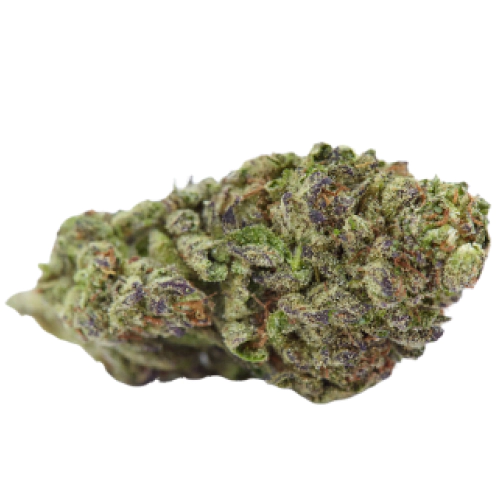
THC 21 - 23.5%
CBD 0.32 - 1.36%
Effect Sleepy
Flavor Citrus
THC 18 - 22%
CBD 0.33 - 1.06%
Effect Tingly
Flavor Sage
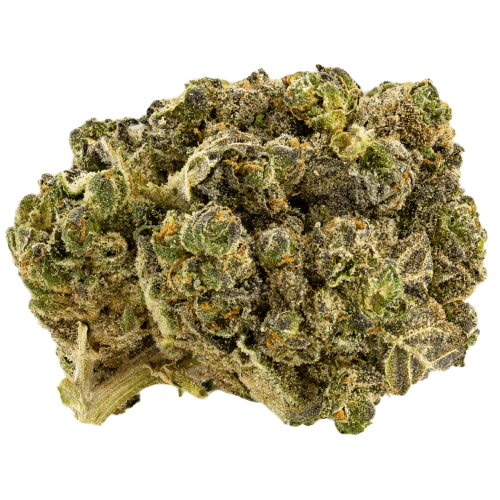
THC 13.06 - 16.3%
CBD 0.15 - 1.45%
Effect Hungry
Flavor Sage
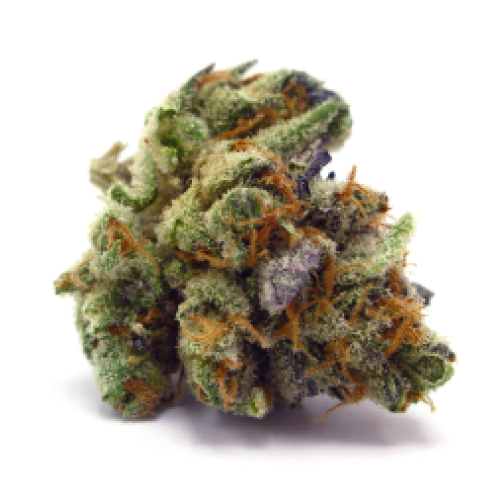
THC 21 - 23.75%
CBD 0.43 - 0.8%
Effect Relaxed
Flavor Sweet
THC 12.67 - 15.04%
CBD 0.28 - 0.74%
Effect Giggly
Flavor Sweet
THC 20 - 20%
CBD 0.65 - 0.8%
Effect Tingly
Flavor Citrus
THC 19 - 22%
CBD 0.88 - 1.41%
Effect Giggly
Flavor Vanilla
THC 19 - 20%
CBD 1.17 - 1.39%
Effect Giggly
Flavor Pungent
THC 25 - 28%
CBD 0.19 - 0.42%
Effect Sleepy
Flavor Pungent
THC 20 - 25%
CBD 6 - 6.15%
Effect Sleepy
Flavor Pine
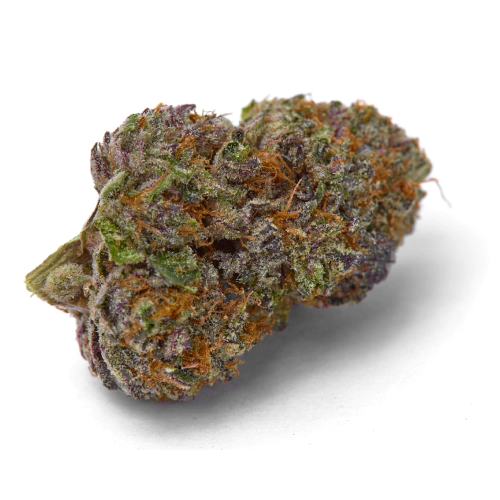
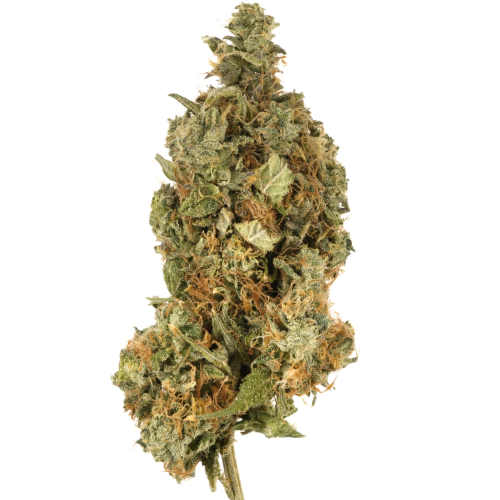
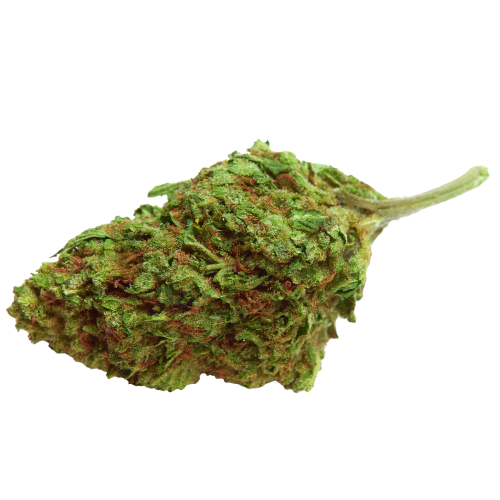
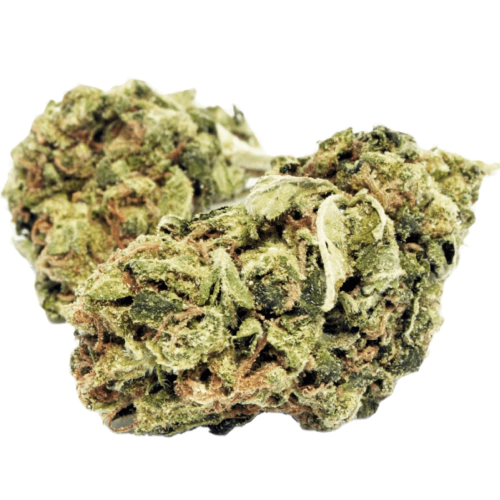
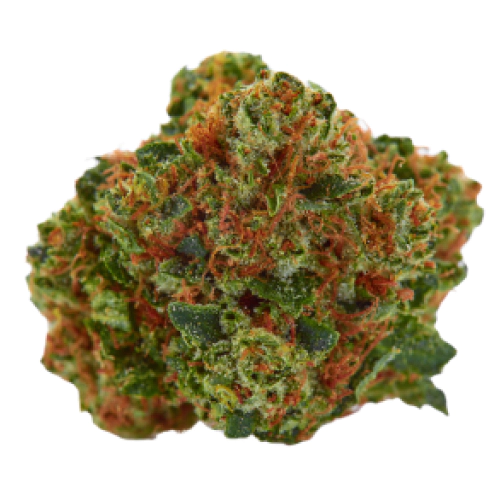
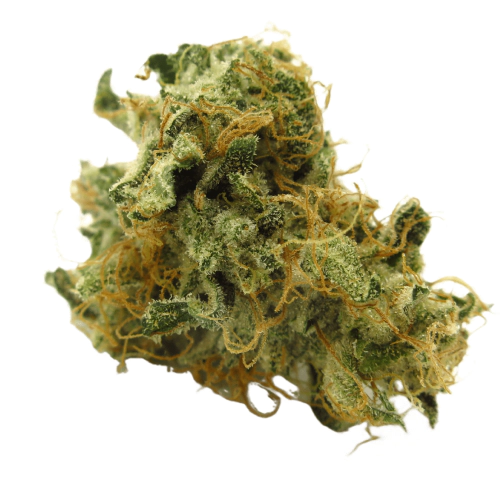
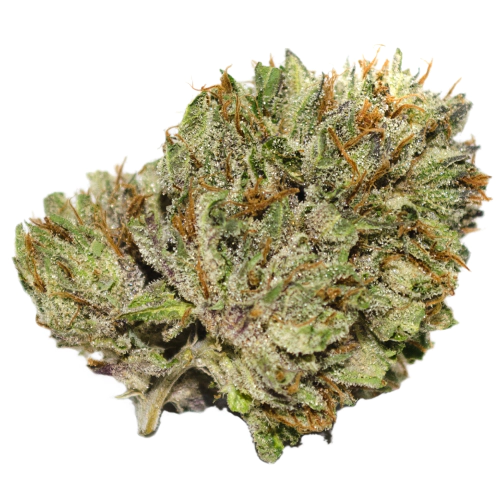
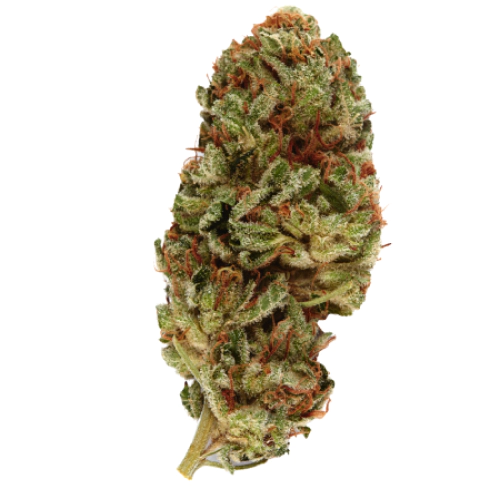
Be the first and share your opinion
Write a Review